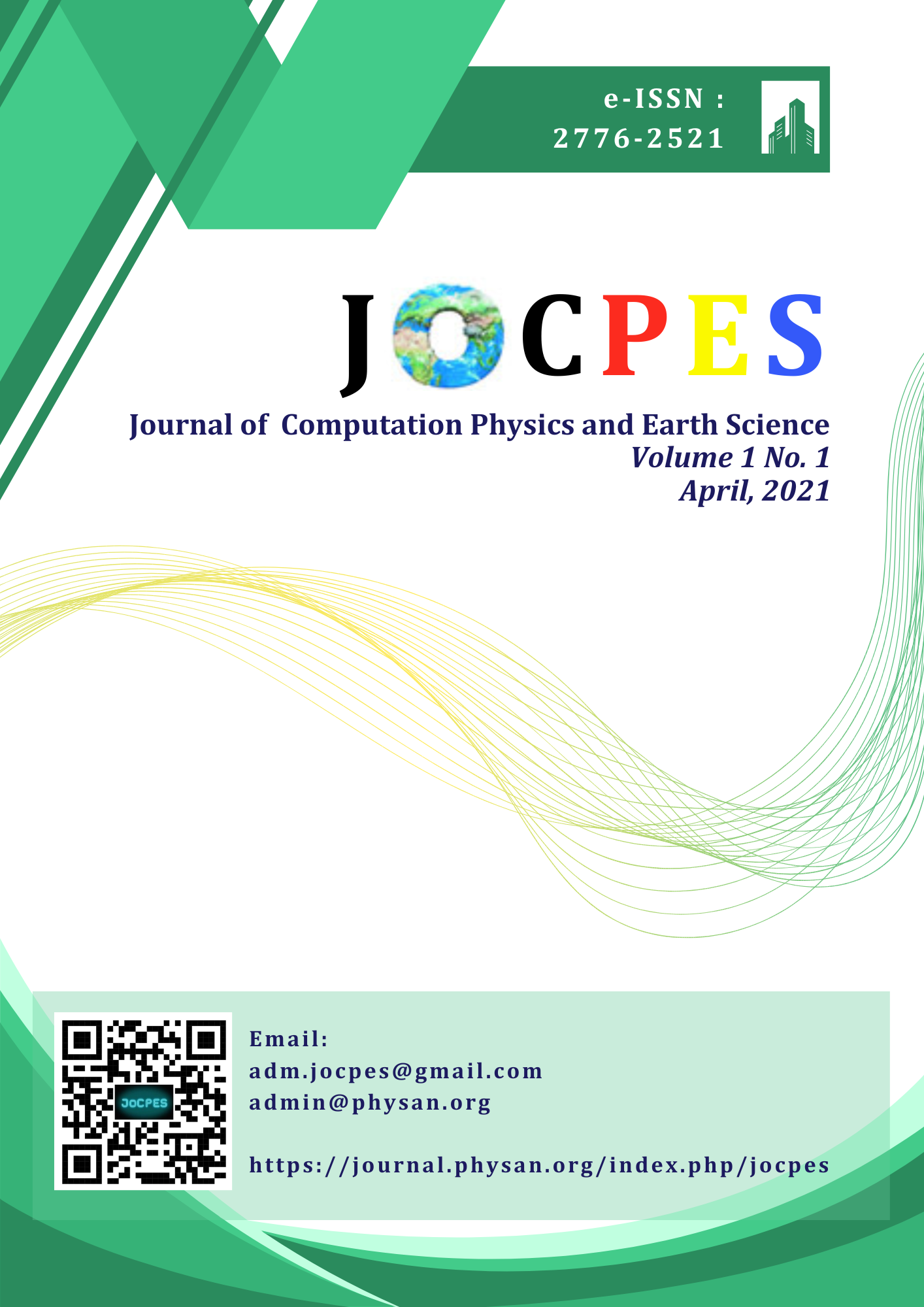Spatial Distribution and Implementation of the K-Means Clustering Method at Hotspots in North Sumatra
Main Article Content
Abstract
Hotspots are indicators of forest and land fires. Hotspot monitoring can be carried out with the help of remote sensing tools and geographic information systems. Hotspot data is obtained from the MODIS sensors from the TERRA and AQUA satellites which contain information on latitude and longitude coordinates and the level of confidence divided by three levels, namely low, medium and high confidence levels. Based on the spatial results, the number of hotspots in North Sumatra Regency is in February, March, June, July, and August. Districts that are dominant with hotspots are Karo Regency, Labuhan Batu Regency, Mandailing Natal Regency, Padang Lawas Regency and South Tapanuli Regency. Based on the results, the process of applying the k-means clustering method to the weka application, the data obtained is in the form of a clustered group and the results can be made into indicators in determining hotspots in districts in North Sumatra province per month.
Downloads
References
N. A. Indrawan and H. A. Adrianto, “Spatio - Temporal Clustering Hotspot di Sumatera Selatan Tahun 2002 - 2003 Menggunakan Algoritme ST - DBSCAN dan Bahasa Pemrograman R Spatio - Temporal Clustering Hotspot in South Sumatera From 2002 - 2003 Using ST - DBSCAN Algorithm and R Programming Lan,” vol. 3, pp. 112–121, 2003
T. Handayani, A. J. Santoso, and Y. Dwiandiyanta, “Pemanfaatan Data Terra Modis untuk Identifikasi Titik Api Pada Kebakaran Hutan Gambut (Studi Kasus Kota Dumai Provinsi Riau),” Semin. Nas. Teknol. Inf. dan Komun., 2014.
I. Prasasti, K. A. Sambodo, and I. Carolita, “Pengkajian Pemanfaatan Data TERRA-MODIS untuk Ekstraksi Data Suhu Permukaan Lahan (SPL) Berdasarkan Beberapa Algoritma,” Penginderaan Jauh, 2007.
Suwarsono, Rokhmatuloh, and T. Waryono, “Pengembangan Model Identifikasi Daerah Bekas Kebakaran Hutan Dan Lahan ( Burned Area ) Menggunakan Citra Modis Di Kalimantan ( Model Development of Burned Area Identification Using Modis Imagery in Kalimantan ),” J. Penginderaan Jauh, vol. 10, no. 2, pp. 93–112, 2013.
I. A. Csiszar, J. T. Morisette, and L. Giglio, “Validation of active fire detection from moderate-resolution satellite sensors: The MODIS example in Northern Eurasia,” IEEE Trans. Geosci. Remote Sens., 2006, doi: 10.1109/TGRS.2006.875941.
R. A. Soelaiman Isye; Gosno, Eric Budiman, “Implementasi KD-Tree K-Means Clustering untuk Klasterisasi Dokumen,” J. Tek. ITS, vol. 2, no. Vol 2, No 2 (2013), pp. A432–A437, 2013, [Online]. Available: http://ejurnal.its.ac.id/index.php/teknik/article/view/3872.
LAPAN, PANDUAN TEKNIS (V.01) INFORMASI TITIK PANAS (HOTSPOT) KEBAKARAN HUTAN/LAHAN. 2016.

